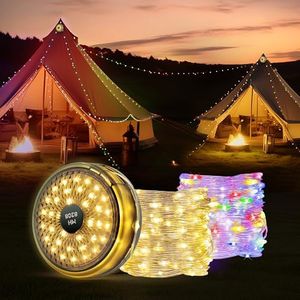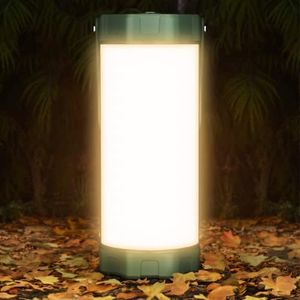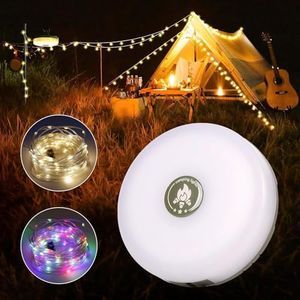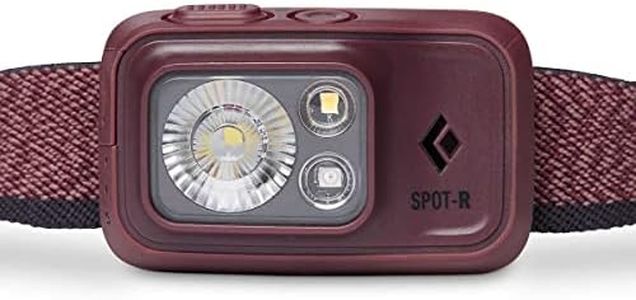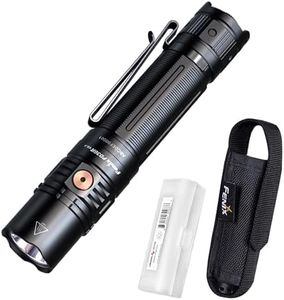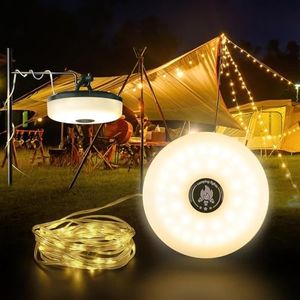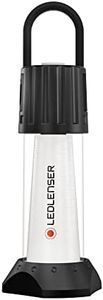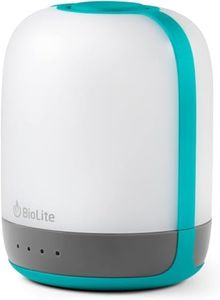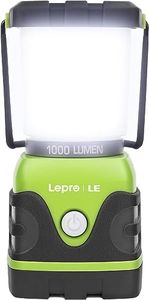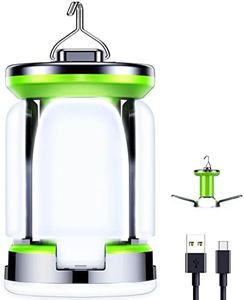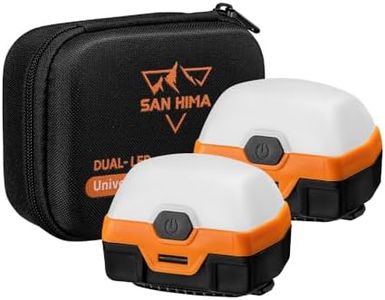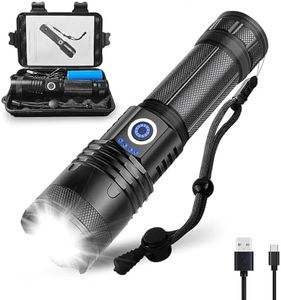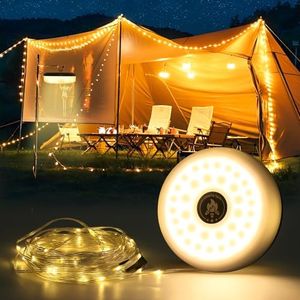We Use CookiesWe use cookies to enhance the security, performance,
functionality and for analytical and promotional activities. By continuing to browse this site you
are agreeing to our privacy policy
10 Best Camping Lights
From leading brands and best sellers available on the web.Buying Guide for the Best Camping Lights
Choosing the right camping light is important for a comfortable and safe outdoor experience. Camping lights come in various forms like lanterns, headlamps, and flashlights, each catering to different needs, such as illuminating your tent, campsite, or trails. Before choosing, consider how and where you'll use the light: Do you need hands-free operation? Will several people need light? Will you be hiking or staying in one place? Knowing your main purpose will guide your decision. The key is to find a camping light that matches your activity, brightness preferences, power source, and portability.Brightness (Lumens)Brightness is measured in lumens, which tells you how much light the device produces. The higher the lumens, the brighter the light. For tasks like reading in a tent or illuminating a large area, you’ll want higher lumens, while lower lumens are enough for small, cozy lighting or navigating short distances. Typically, lights under 100 lumens are good for close-up tasks, 100-300 lumens suit general campsite use, and above 300 lumens are useful for lighting up large spaces. Pick the right brightness based on whether you want ambient light or need to light up the entire campsite.
Beam TypeBeam type describes how the light spreads. A wide (flood) beam lights up a broad area and is great for campsites or inside tents, while a focused (spot) beam shines further and is useful for trail walking or spotting things in the distance. Some lights can switch between broad and focused beams, offering versatility. Consider where you'll use your light most: a wide beam for general camping activities or a focused beam if you plan to hike or explore at night.
Power SourceCamping lights are powered in various ways: disposable batteries, rechargeable batteries, or sometimes even solar power or hand-cranks. Disposable batteries are convenient but require repurchasing, whereas rechargeable options save money over time and are better for the environment, but need charging access. Solar and crank-powered lights are good for extended trips without easy power sources. Think about how long you'll be camping, how often you'll use the light, and whether you'll have access to electricity to decide which power source fits your needs.
Run TimeRun time refers to how long the light operates before it needs new batteries or recharging. It usually ranges from a few hours to several days, depending on the brightness setting used. Lower settings often last much longer. If you're on a short overnight trip, shorter run time may not matter, but longer run times are important for multi-day adventures without access to charging. Matching run time to your trip length prevents being left in the dark.
Portability and WeightThe size and weight of the light can affect your packing, especially if you'll carry it backpacking. Larger lanterns may be heavier and bulkier but provide more light for group settings, while compact headlamps or pocket flashlights are easier to carry and better for solo trips or hiking. Think about whether you need to minimize weight or if you’ll primarily use the light at a static site.
Durability and Weather ResistanceCamping often means exposure to water, dust, and knocks. A durable and weather-resistant light is less likely to break or malfunction in harsh conditions. Look for features like water-resistance ratings and rugged construction. If you expect rain or challenging environments, prioritize lights designed to handle the elements, but for fair weather car camping, this might be less critical.
Ease of Use and FeaturesSome camping lights come with extra features such as dimming options, color modes (like red for night vision), or hanging hooks. Easy controls and user-friendly designs can reduce fuss, especially in darkness. If you want more control over brightness or added functions for different situations, look for these features, but if you prefer simplicity, a basic, single-mode light can suffice.
